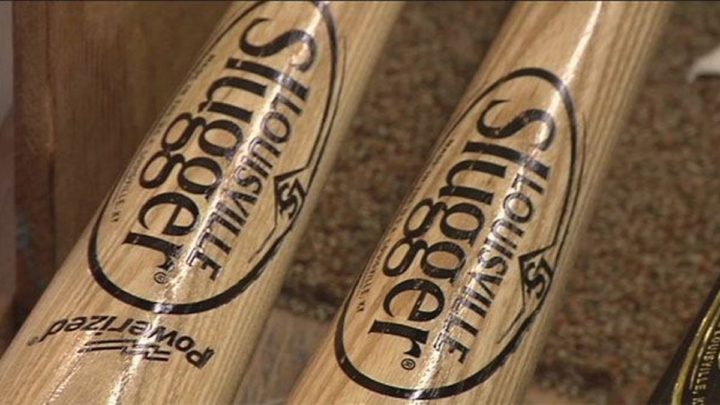In the world of baseball, the bat is a quintessential tool that shapes the player’s performance at the plate. While the bat may seem like a simple piece of equipment, its creation is a fascinating blend of craftsmanship, technology, and player preference. In this article, we delve into the art and science behind the creation of baseball bats, exploring the materials, manufacturing process, and the importance of finding the perfect bat.
- Selecting the Materials:
The construction of a baseball bat begins with the selection of suitable materials. Traditionally, bats were made exclusively from wood, with ash and maple being the most popular choices. Each wood type offers unique characteristics in terms of weight, density, durability, and flexibility, which influence the bat’s performance.
Ash wood bats are known for their lightweight feel, offering players increased bat speed. Maple wood bats, on the other hand, provide durability and a dense surface, making them popular for their solid contact and power potential. Recently, other woods such as birch and bamboo have also gained popularity due to their unique properties.
- The Manufacturing Process:
a. Billet Creation: The manufacturing process starts with the creation of billets, which are cylindrical blocks of wood from which bats will be shaped. Billets are typically obtained from logs and undergo a series of inspections to ensure quality and eliminate defects.
b. Lathe Turning: The billets are placed on a lathe, a machine that rotates the wood while shaping it into the desired bat profile. Skilled craftsmen use precision measurements and cutting techniques to shape the bat to precise specifications, including length, diameter, and taper.
c. Cupping and Barrel Shaping: After the initial shaping, the bat undergoes cupping, a process that removes excess weight from the barrel end, redistributing it towards the handle. Cupping helps achieve a better balance and enhances the bat’s swing weight.
d. Sanding and Finishing: Once the bat is shaped, it goes through meticulous sanding to ensure a smooth and polished surface. Different manufacturers may apply various finishes, such as stains, paint, or clear coatings, to enhance the appearance and protect the wood.
- Player Preferences and Customization:
Baseball players have different preferences when it comes to bat specifications. Factors such as length, weight, handle thickness, and knob shape can significantly impact a player’s comfort and performance. Many professional players work closely with bat manufacturers to customize their bats based on their unique style and hitting approach.
Some manufacturers also offer customization options for amateur players, allowing them to choose specific bat dimensions and design features to suit their individual needs and preferences.
- Technological Advances:
While traditional craftsmanship remains a vital aspect of bat production, technology has played a significant role in modern bat manufacturing. Advanced machinery, computer-aided design (CAD), and precision laser measurements ensure consistent bat dimensions and performance characteristics. Manufacturers also employ sophisticated testing techniques to assess bat performance, including measures such as bat speed, swing efficiency, and ball exit speed.
The creation of a baseball bat is a fascinating process that combines age-old craftsmanship with modern technology. From the careful selection of wood to the precision shaping and customization, each bat is a unique piece of equipment tailored to suit a player’s style and preferences. As players step up to the plate, the bat becomes an extension of their skills, and its creation represents the intricate fusion of science, art, and the timeless allure of America’s favorite pastime.
-

NYYNEWS Dawgs Snapback
$19.99 Add to cart -

Men’s Nike Navy New York Yankees Dugout Performance Full-Zip Jacket
$220.00 Buy Now -

NYYNEWS Ruben Snapback
$14.50 Add to cart -

NYYNEWS Don Yankee Con El Bori Snapback
$14.50 Add to cart -

NYYNEWS Cap White
$21.00 Add to cart -

NYYNEWS Cap Red
$21.00 Add to cart -

NYYNEWS The Ryan Beck Show TTFN Tee
$17.00 – $26.00 Select options -

Men’s Pro Standard Navy New York Yankees Team Logo Pullover Hoodie
$100.00 Buy Now -
Sale!

Men’s Pro Standard Gray New York Yankees Allover Print Satin Full-Snap Jacket
Original price was: $215.00.$140.00Current price is: $140.00. Buy Now

